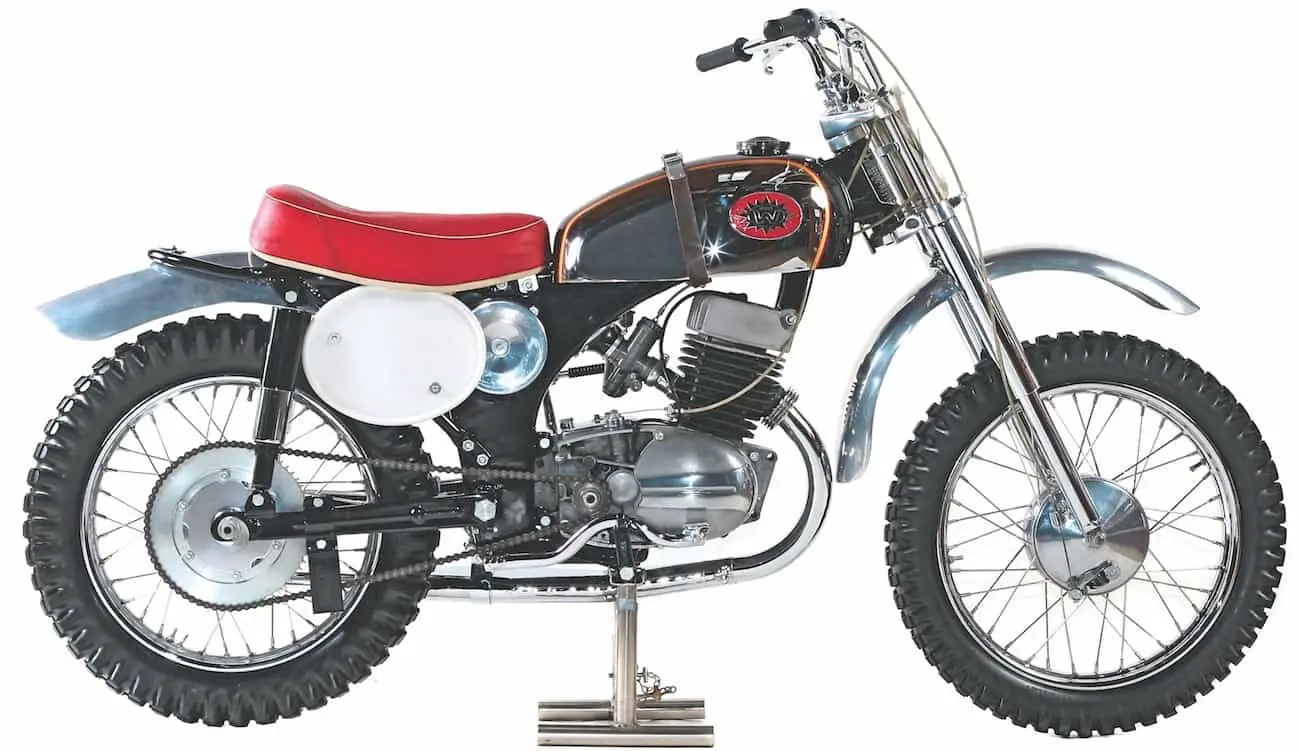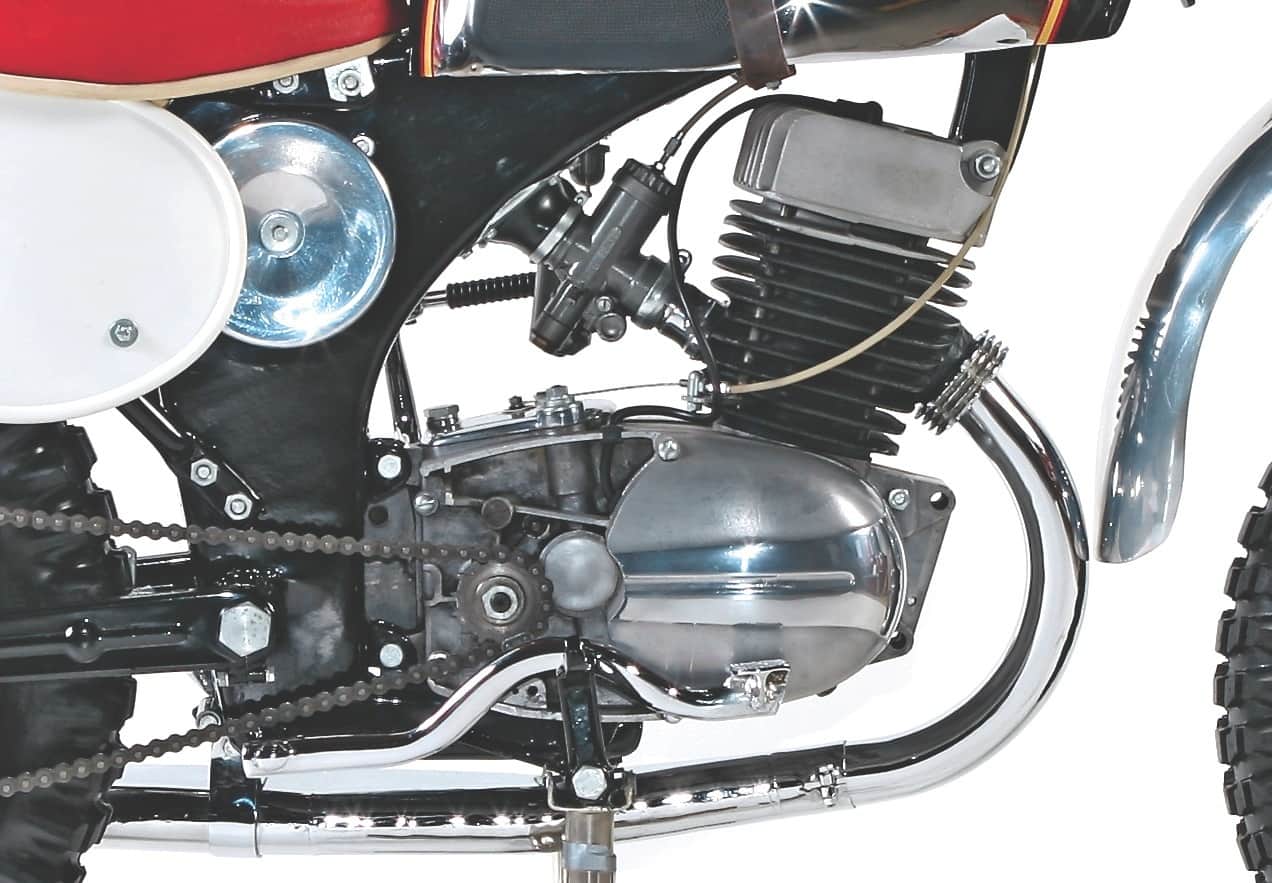BIKES YOU NEVER SEEN BEFORE: 1966 WHITE TORNADO 250
BIKES YOU NEVER SEEN BEFORE: 1966 WHITE TORNADO 250
 The Hungarian Csepel Steel Works made motorcycles under Communist control from 1951 to 1975. These brands included Danuvia, Tunde, Csepel, Panni, Pannonia and White. The White was the only one to be imported to the USA.
The Hungarian Csepel Steel Works made motorcycles under Communist control from 1951 to 1975. These brands included Danuvia, Tunde, Csepel, Panni, Pannonia and White. The White was the only one to be imported to the USA.
We are pretty sure that you’ve never seen a White Tornado 250 because the White Motorcycle company didn’t stay in business very long, nor did they sell very many motorcycles back in the ’60s. Based on Broadway Street in Santa Ana, California, White Motorcycles private-labeled the Hungarian-built Pannonia 250 and brought it to the U.S. market as the White Tornado. It was a clone of the Hungarian-built Pannonia 250. In fact, the MXA wrecking crew only knows what a White Tornado 250 is because MXA’s vintage editor, the late Tom White, tracked one down and restored it for his “Early Years of Motocross Museum” — largely because his name was White.
American Jack White was a Maico dealer in Santa Ana, California, who wanted to sell his own brand of White Motorcycles in the U.S. . Jack and his brother Forrest contacted the Csepel Steel Works in Hungary to see if they could private label versions of the Panonnias or Danuvias that were built in the state-owned factory. The communist managers were interest in selling more bikes, especially if they were paid for in U.S. dollars. Jack White provided the Hungarians with a list of the changes he wanted made and the models he planned to import to the United States. The bikes were shipped to White Motors in Santa Ana, but many were stopped by U.S. Customs for not having the proper paperwork—remember this was during the Cold War and Hungary was under communist rule.
The 1966 Tornado 250 has a stamped-steel hanger frame. A spin-on aluminum air filter canister attaches to the right side of the stamped frame, and the hollow frame is used as the airbox. The chrome and black gas tank is held on by a leather strap. The swingarm is pressed steel, but is actually comprised of separate pieces bolted together. Most intriguingly, the handlebars have braces that bolt directly to the top of the fork legs. This setup makes it impossible to adjust the bars in any direction. Sticking with this theme, the cast steel footpegs bolt to the frame, but do not fold. They can be adjusted fore and aft on a sliding bar.
Hungary was not famous for its motorcycles, but the Csepel Steel Works produced a series of motorcycles under Communist control from 1951 to 1975. The White was the only brand to break out of the Iron Curtain (although it was reported that 10 Pannonia 250s were allowed into the USA, but the rest of the 100 bike shipment was refused by U.S. Customs agents). The 247cc White Tornado had a 68mm-by-68mm bore-and-stroke engine that produced 28 horsepower at 6700 rpm via a five-speed transmission. The ignition was a Bosch six-volt magneto, tires were by Pirelli, the hubs were from an unknown Austrian manufacturer, the carb was a 32mm Puch, and the rear fender was hand-formed from aluminum. The 1966 White Tornado 250 was available in both dirt track and motocross versions and hit the scales at 246 pounds (dry). In 1966, the White Tornado retailed for $695.






Comments are closed.